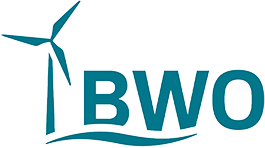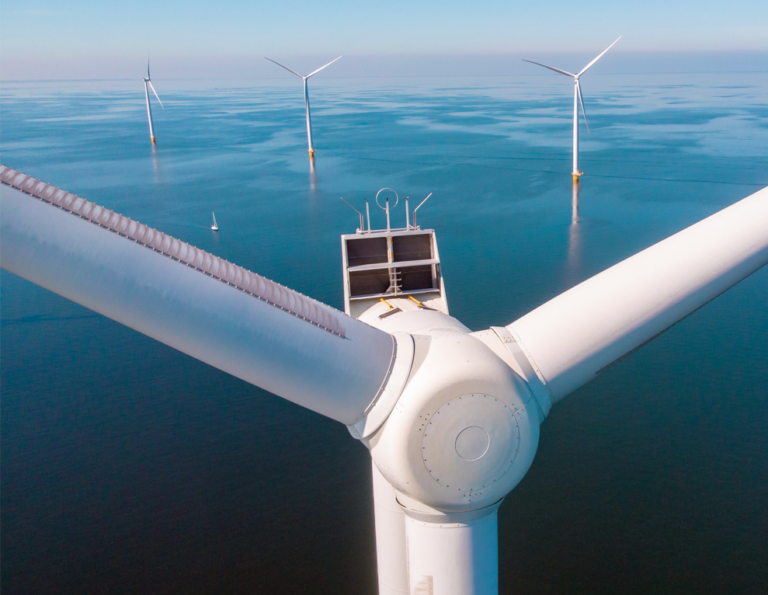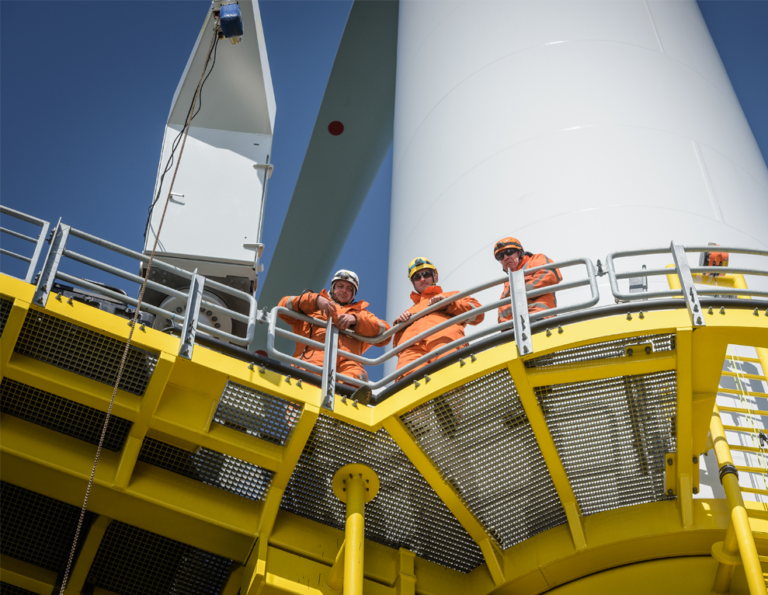Vision offshore rescue 2030+
The industrial revolution started about 250 years ago, during the course of which many thousands of people were exploited and sometimes fatally injured due to poor working conditions. A lot has happened since then. Occupational safety has a high priority in all of our everyday lives. The offshore wind energy industry has high safety standards and claims to continue to guarantee safe jobs in the future.
The planned expansion of offshore wind energy envisages the construction of offshore wind farms up to 350 km away from the coast. Thousands of employees will work far from the German coast to decarbonize Germany and Europe's energy supply. Many of these employees are still in elementary school today and are just learning about the consequences of climate change.
We have a responsibility as an industry and as a society to ensure that the jobs of these people are safe. Therefore, in the event of an accident, we want to continue to guarantee the immediate rescue of employees. We want to ensure that rescue helicopters with an emergency doctor are on site within 60 minutes of receiving the emergency call. However, meeting this deadline becomes more difficult as the distance from the coast increases and would no longer be possible with the rescue helicopters currently in use. That's why we took the initiative early on to renew or expand the existing rescue infrastructure. We aim to ensure that occupational safety offshore retains the high quality it has today as it expands. This requires significant investments and a rethinking of the political framework.
The BWO recognized this early on. That's why we invited industry experts back in 2021 to talk to us about how we want to organize the rescue in the future. We founded the BWO expert committee for offshore rescue. Based on the deliberations of the BWO expert committee and the sub-working group "Vision Offshore Rescue 2030+", the BWO presents its proposals for the rescue infrastructure to be created below. To this end, the experts have dealt with different approaches that take a closer look at both the location and the rescue equipment:
Taking into account the current technical possibilities, the construction of a dedicated rescue platform, an energy island or the use of a rescue ship with a helipad is suitable to continue to ensure immediate rescue. Regardless of which of the solutions mentioned is implemented, one thing is clear: Without offshore rescue, there will be no offshore expansion.
And one thing is also clear: given the project lead times of up to 8,5 years, the course for the rescue infrastructure must be set as early as 2024. The federal, state and industry sectors must clarify responsibilities and financing issues as quickly as possible so that offshore wind energy can make the planned contribution to decarbonization.
Download:



